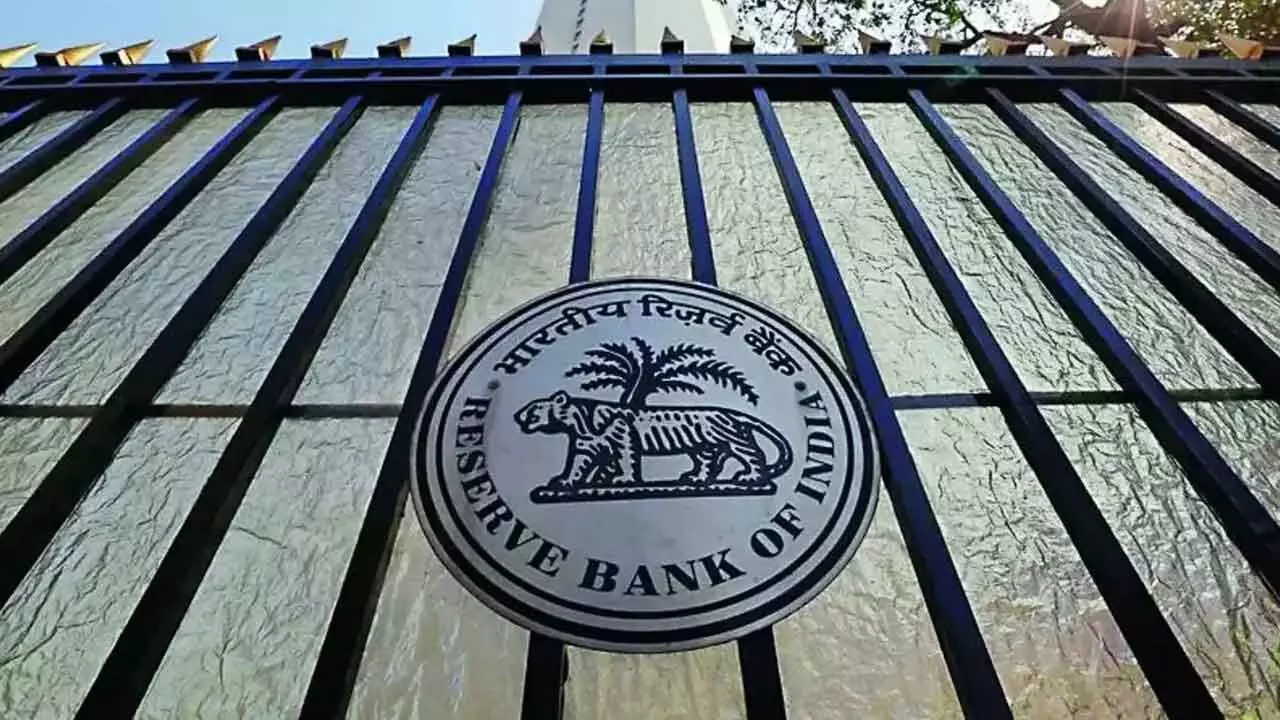Tariff Impact: All Eyes Will Be On Today’s RBI Monetary Policy Meeting
Tariff Impact: All Eyes Will Be On Today’s RBI Monetary Policy Meeting

In what is being described as ‘Black Monday’, Nifty 50 and Sensex succumbed to global pressure to touch nine-month lows. Ironically, Indian benchmark indices had witnessed significant volatility following retaliatory actions by China and other nations as a counter to the reciprocal tariffs imposed by the United States on key trading partners like China and India. Nifty50 opened with a sharp gap-down of over 1,100 points, while the BSE Sensex declined more than five per cent, opening at 71,449.94. All sectoral indices traded in negative territory, with metal and IT sectors faring the worst. Amid escalating trade tariff uncertainties, market volatility will persist in the near term. However, long-term investment opportunities remain viable at the current levels. Meanwhile, finance, oil & gas, consumption and FMCG are likely to offer relative stability for long-term investors. Market analysts are of the view that investors and traders must stay calm. This means that investors should avoid panic selling, continue SIPs, and buy quality stocks at discounted prices, after reviewing portfolios while maintaining diversification.
Traders must prioritise capital preservation and avoid overtrading. Volatility brings opportunity but with strong risk management. They should use proper stop-losses and position sizing and monitor global cues like the US markets and crude. This phase too shall pass. And therefore, investors and traders should focus on process over profit while staying disciplined and strategic. One must remember that US President Donald Trump announced a 27 per cent reciprocal tariff on Indian imports, a development that can significantly affect major export sectors. Indian exports like rice, shrimp, and buffalo meat could see a slump in demand in the U.S. and thereby adversely impact exporters and connected industries. The Trump move induced volatility in the Indian equity market, with investor sentiment becoming guarded amid fears of trade disruptions. It may put pressure on the economic relations between the two countries, especially since India has been a significant exporter of farm and processed food items to the US. A higher tariff on Indian products might not only dent export revenues but also affect employment in export-oriented sectors.
Furthermore, companies that depend on the U.S. market might have to look for alternative markets or renegotiate new terms of trade. Although India might think of retaliatory measures or diplomatic talks, the immediate impact has been uncertainty in trade relations. This entire week is set to be volatile amid mounting fears of an all-out trade war and a global economic recession. The US inflation numbers will be released along with the US FOMC minutes. Nearer home, the Reserve Bank of India (RBI) is likely to take a call on interest rates. India’s CPI (Mar) data that will be released on April 11 is estimated to be at 3.9 per cent (YoY) and 0.2 per cent (MoM). Industrial and manufacturing production data will also be released, and they are forecast at 3.1 per cent and 4.6 per cent YoY, respectively. Manufacturing, which contributes 78 per cent to India’s total industrial output, remains a critical indicator of the country’s economic growth. For the time being, all eyes will be on RBI monetary policy meeting on Wednesday, where a 25 basis point rate cut is anticipated.

